VOL- 4, ISSUE- 3, PUNE RESEARCH DISCOVERY (ISSN 2455-9202) JIF 3.01
4.3 DISCOVERY
Area of Article : ALL
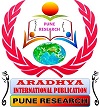
VOL- 4, ISSUE- 3, PUNE RESEARCH DISCOVERY (ISSN 2455-9202) JIF 3.01
4.3 DISCOVERY

VOL- 4, ISSUE- 3, PUNE RESEARCH DISCOVERY (ISSN 2455-9202) JIF 3.01
4.3.1 DISCOVERY
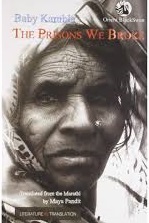
The autobiography is not parted into the
self-reliant aspect, it portrays with the series of experiences, memories, and
aspirations. The string of life memories
make someone famous, but Dalit women memories change the lives of her community
woman's life and society mind. The author presents an important element of life
for society. Some of the autobiographies of childhood, education, marriages end
with happy, but only Dalit autobiographies end with oppression, struggle, and
pain in all stages. Baby kamble is well known as Indian activist and writer.
She was born one of the biggest untouchable castes in Maharastra. She was
inspired by B.R.Ambedkar. Mostly Mahars converted into Buddhism including
Kamble’s family. In Mahar community, Kamble accepted as a writer and
affectionately people used the term ‘Tai’ to be calling her, it means sister.
She extensively explained the Dalit community struggles, oppression in her
life. Her contributions are powerful literary and activist work. Her works
reflect Dalits life; it is useful to Dalit, setting a better way. She is an
early writer from Dalit communities. Her writings reflex as a feminist setting
apart from other Dalit works. The Prisons We Broke is an autobiographical
book. In chronological order, she
presents Dalit community struggles and women as a gender how she doubly
discriminated by society. She dedicates the book ‘for all my comrades who wish
to change the world” shows her commitment to writing the book. Her comrades are
downtrodden people and she aims to change the world with their help. My paper
is to draw the elements like oppression, caste and class distinctions in
Kamble's autobiography. It not only speaks of her personal life but also it is
a record of Dalit’s in general.
Keywords:
Autobiography, discrimination, Gender, Violence, and Caste.
VOL- 4, ISSUE- 3, PUNE RESEARCH DISCOVERY (ISSN 2455-9202) JIF 3.01
4.3.2 DISCOVERY
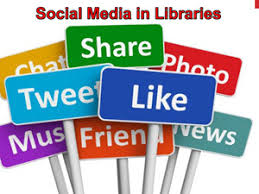
Social media is key to 21st century
communication with library users, and enables the academic library to pursue
its mission and goals online, while promoting library resources and services.
Social media is now widely used by librarians to fulfill a variety of
objectives in libraries. This paper describes the social media networking in
various library dealings. Now a days everyone is connected with each other by
means of various social networks like Orkut, Google, Twitter, Facebook,
LinkedIn, etc. This became an effective medium to share the knowledge and
skills of the users and library professionals. From the traditional searching
process for the books in the libraries the interactive usage of social
networking can be now addressed as part of the library system. These sites are
one of the new technologies offering libraries the opportunity to reach out to
its clients. Day to day increase in the number of libraries adopt the social
media and they widely used by librarians and to fulfill a variety of
objectives.
Keyword:
Social media, Libraries, Library services
VOL- 4, ISSUE- 3, PUNE RESEARCH DISCOVERY (ISSN 2455-9202) JIF 3.01
4.3.3 DISCOVERY
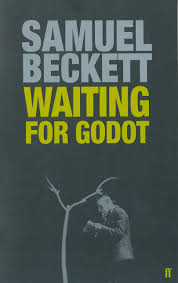
The cult of violence in the writing of Beckett
who joined the second world war on grounds that “I couldn’t stand with my arms
folded” his characters are targets and sources of violence. In Waiting for
Godot, unidentified people frequently beat Estragon for no apparent reason. As
if to be resigned to his fate, he tells Vladimir: “certainly they beat me”.
VOL- 4, ISSUE- 3, PUNE RESEARCH DISCOVERY (ISSN 2455-9202) JIF 3.01
4.3.4 DISCOVERY
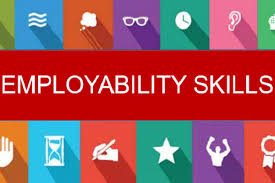
The international labour organization (ILO)
defines categorically skill Development as ability to develop core skill,
awareness of workers rights and
understanding of entrepreneurship. Skill development is essential for enhancing
the productivity associated with optimum quality for sustanance of the enterprises
and increasing the employability factor. It is imperative to identify
opportunities and challenges of the prevailing situational requirement in the
new technologies. The essence of skill development is to inculcate skills,
knowledge and competitiveness of the manpower for the global market. This paper
intends to study, identify and bridge the gap between the Govt. and private
sector requirements. The economic growth of the nation largely depends upon
education and skills to attain the power of global leadership. Therefore it is
essential to integrate employability skills with the curriculum. Better and
more effective methods of teaching, learning and evaluation must be
incorporated for acquiring skills.
Key words ; Employability skills, skill development,
Educational Skills.
VOL- 4, ISSUE- 3, PUNE RESEARCH DISCOVERY (ISSN 2455-9202) JIF 3.01
4.3.5 DISCOVERY
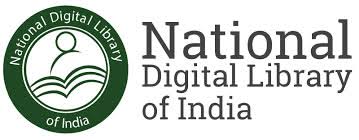
The National Digital Library of India (NDLI)
is a National Mission Project initiated by the Ministry of Human Resource
Development (MHRD) on education to engage, facilitate and inspire all learners
across the country regardless of the age, demographics and ability. The
National Digital Library of India is a melting pot of knowledge and information
that holds an extensive variety of lectures, courses, archives in various media
forms curated, collected and created by the best institutions of the country.
It is a platform designed to make digital educational resources accessible to
all citizens of the country to inspire, empower and encourage learning. The
present study is an attempt to provide an overview of the National Digital
Library (NDL) of India to understand its advantages, features and collection in
the global digital space.
VOL- 4, ISSUE- 3, PUNE RESEARCH DISCOVERY (ISSN 2455-9202) JIF 3.01
4.3.6 DISCOVERY
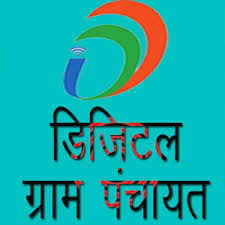
In
India 70% of the population lives in village and rural parts of the country, it
becomes more necessary to utilise Digital Panchayat tools for their
social, economic, administrative and governance regeneration. Recognizing the
e-Governance, the Government of India (GoI) has introduced various
administrative reforms and initiated many interventions under policy level and
at institutional level. However, the government has been able to connect
urban-centric regions of the country, but still this left with a major
national-gap as far as using ICT for the nation building is concerned.
Effective and viable usage of ICT tools at panchayat, which represents the
first level of government interaction for over 60% of the Indian populace, is
largely missing.
Keywords Digital Panchayat, ICT
VOL- 4, ISSUE- 3, PUNE RESEARCH DISCOVERY (ISSN 2455-9202) JIF 3.01
4.3.7 DISCOVERY
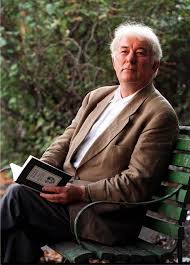
This
paper is based upon the analysis of Seamus Heaney as one of the most famous
post-modernist poets and his poems which make him a kind of famous poet.
Heaney’s cultural identity as a write is a complex one. He was born and brought
up in the north of Ireland which technically makes him British citizen. He is
first two books Death of a Naturalist and Door in to the Dark are notable
mainly for the virtue of accuracy in their descriptions of a traditional rural
activities which the poet remembered from his childhood. His early poems Death
of a Naturalist and The Early Purges recreates sound, sight and events of his
childhood. His poems are the specimen of the post-modernist elements where the
reality of the society and the personal experiences are at the core. The poetry
of Heaney has been acknowledged for its cultural and social themes with the
touch of modernity in them and the language which the poet uses is of the
highest quality. Thus, we will discuss all these things in the following
argument in the present paper.
Key words: Post-Modernist, Cultural, Farmer’s Son,
Child, Community, Agricultural activities, Traditional.
VOL- 4, ISSUE- 3, PUNE RESEARCH DISCOVERY (ISSN 2455-9202) JIF 3.01
4.3.8 DISCOVERY
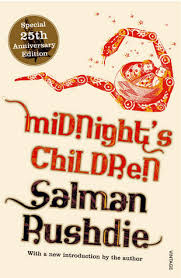
Salman Rushdie’s magnum opus, Midnight’s
Children is the novel where we may find the elements of which proves that he
has discussed the notion of nation in his own manner. It appears that he has
narrated the Nation in its totality all with the characters of Saleem Sinal,
Amina Sinai, Shiva and many more. It has been seen that the main character of
the novel Saleem Sinal has been handcuffed just like that of the novelist in
the history.Saleem is the symbol of this India where the people of so many
diverse religions, communities and cultures have been living together which
represents the hybridity in its full form.So many things have presented that
show the nation in an altogether new light and the perspective that is totally
different from that of the other novelist. Let us try to look at these aspects
in the following argument to make it more concrete.
Key words:Nation,
Notion, Hybridity, India, Fragments, Mother India, Perspective, Metaphor,
History.